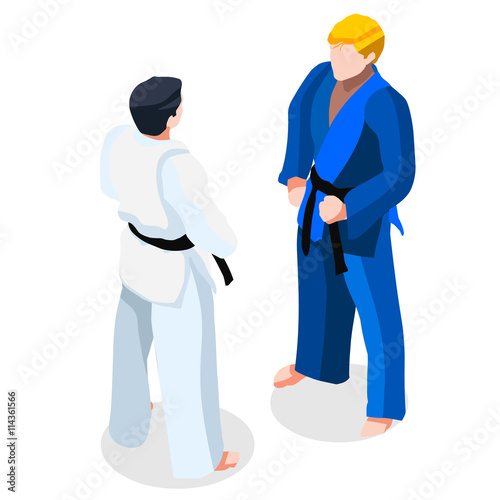Checking Out The Distinctions Between Typical Martial Arts And Contemporary Fight Sports
Checking Out The Distinctions Between Typical Martial Arts And Contemporary Fight Sports
Blog Article
just click the up coming article -Ware Hovgaard
When you think of martial arts, do you lean more towards the traditional techniques or the modern battle sports? https://coaching-kids-martial-art90998.blog5star.com/35546536/injury-avoidance-tips-for-intensive-martial-arts-educating offers unique advantages and experiences, formed by their philosophies and training techniques. https://screenrant.com/how-bruce-lee-changed-martial-arts-movies/ and discipline, while modern fight sporting activities focus on competitors and efficiency. Comprehending these distinctions can guide you in selecting the right strategy for your trip. However just how do these differences show up in training and approach?
The Viewpoint and Background Behind Conventional Martial arts
While many people associate martial arts with physical battle, the philosophy and background behind traditional martial arts run much deeper. You'll find that these techniques highlight individual growth, technique, and regard.
Stemming from ancient techniques, standard martial arts were usually created for Self-Defense and spiritual development. They embody principles such as equilibrium, consistency, and self-control, assisting professionals past simple fighting skills.
As you educate, you'll not only discover techniques but additionally get insights into the culture and values that shaped these arts. The routines and customs, often passed down with generations, cultivate a sense of neighborhood and belonging.
The Competitive Nature of Modern Combat Sports
Modern battle sporting activities have changed the landscape of martial arts into a very competitive arena, where professional athletes challenge in an examination of skill, strategy, and endurance.
You'll see that competitors are often organized with rigorous rules and policies, making certain fair game and security. These occasions attract huge target markets, fueling the exhilaration and intensity of competitions.
Professional athletes train rigorously, not just for physical expertise but likewise for psychological durability, knowing that every detail counts in the ring. The adrenaline thrill throughout competitions is palpable, as fighters push their limitations to declare success.
Fans appreciate the athleticism and virtuosity entailed, making modern battle sports a thrilling phenomenon that continues to develop and captivate lovers around the globe.
Training Methods and Techniques: A Comparative Evaluation
The affordable ambience of contemporary battle sports needs innovative training methods that differ significantly from standard martial arts.
In modern training, you'll concentrate on specific methods, sparring, and conditioning, commonly utilizing drills that imitate real battle circumstances. You'll see an emphasis on measurable efficiency and constant competition to assess your abilities.
On the other hand, standard martial arts prioritize types, katas, and thoughtful trainings, frequently emphasizing self-control and respect over competition.
Training is usually much less intense and might include repeated method rather than real-time sparring.
While both approaches construct skill and health and fitness, modern battle sporting activities give a much more dynamic and adaptable training setting, preparing you for instant challenges in the ring or cage.
which martial arts is right for me that straightens with your goals and passions.
Final thought
In picking in between traditional martial arts and modern fight sporting activities, it actually comes down to what you value most. If you're looking for personal development, self-control, and a feeling of neighborhood, typical arts may be your finest fit. However if you flourish on competition and real-time obstacles, contemporary battle sports could be the method to go. Ultimately, both paths provide special advantages, so it's all about straightening your training with your personal objectives and passions.
